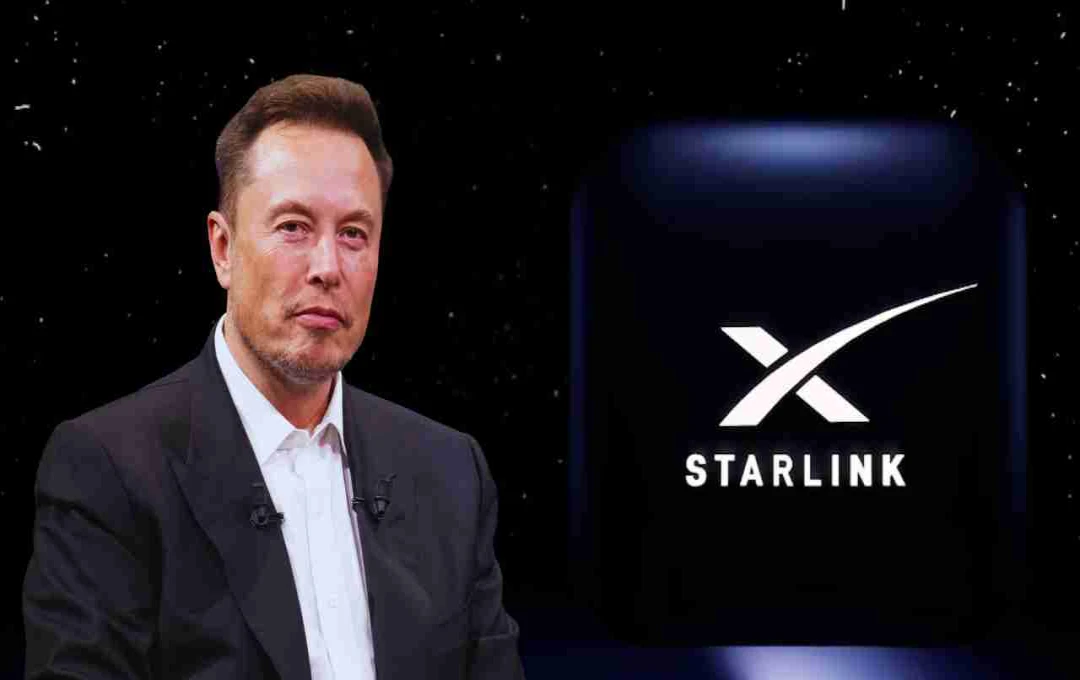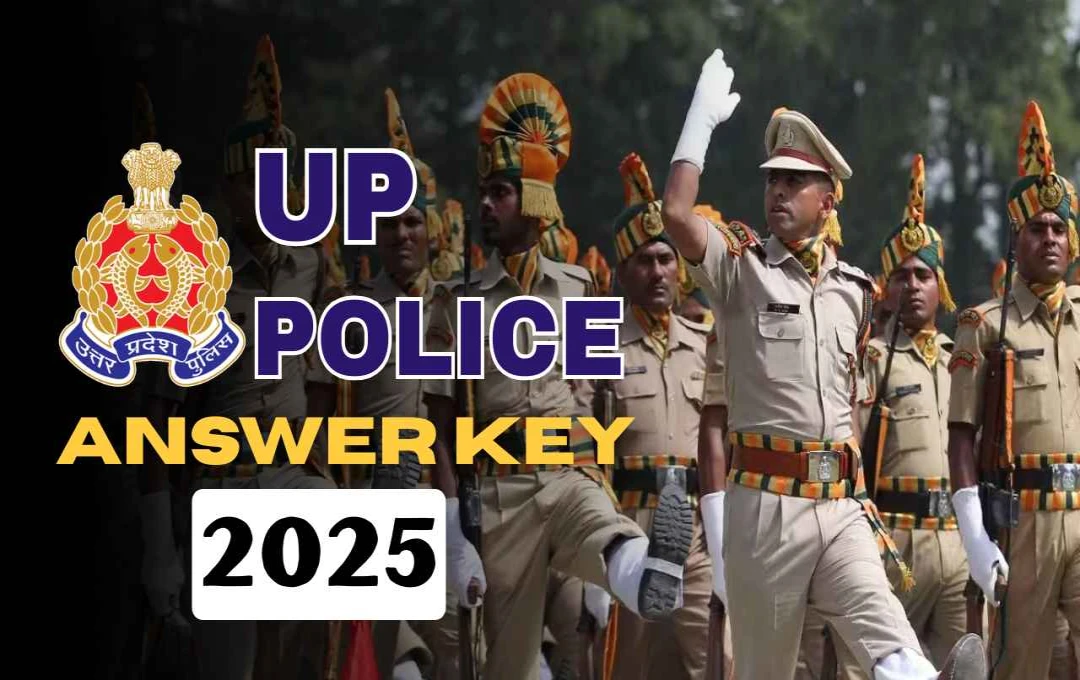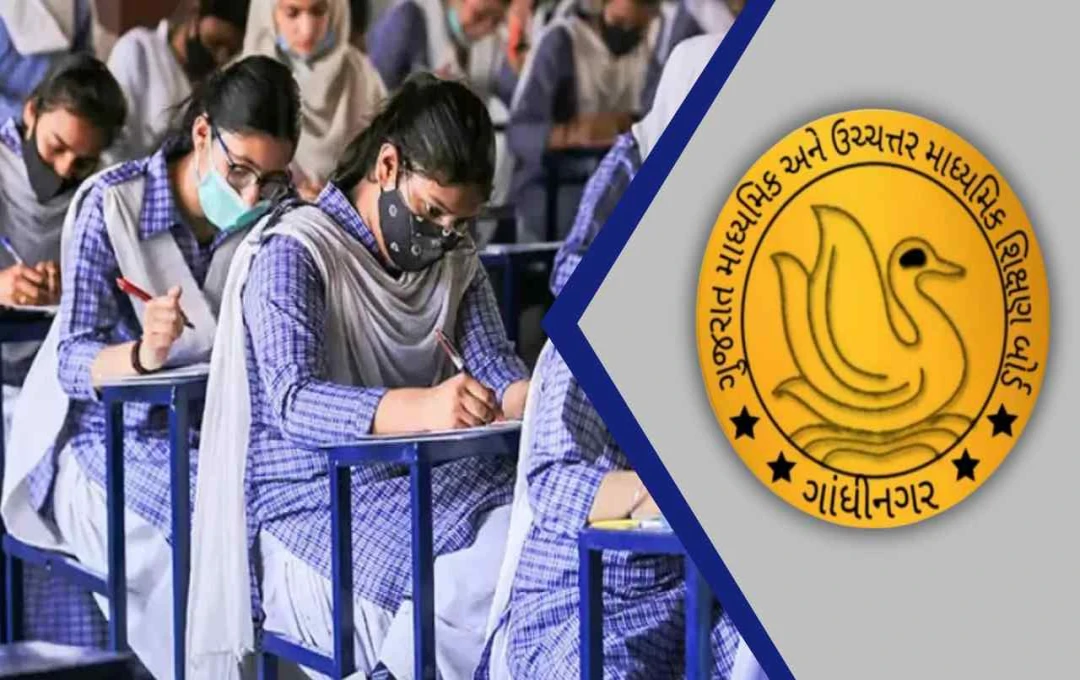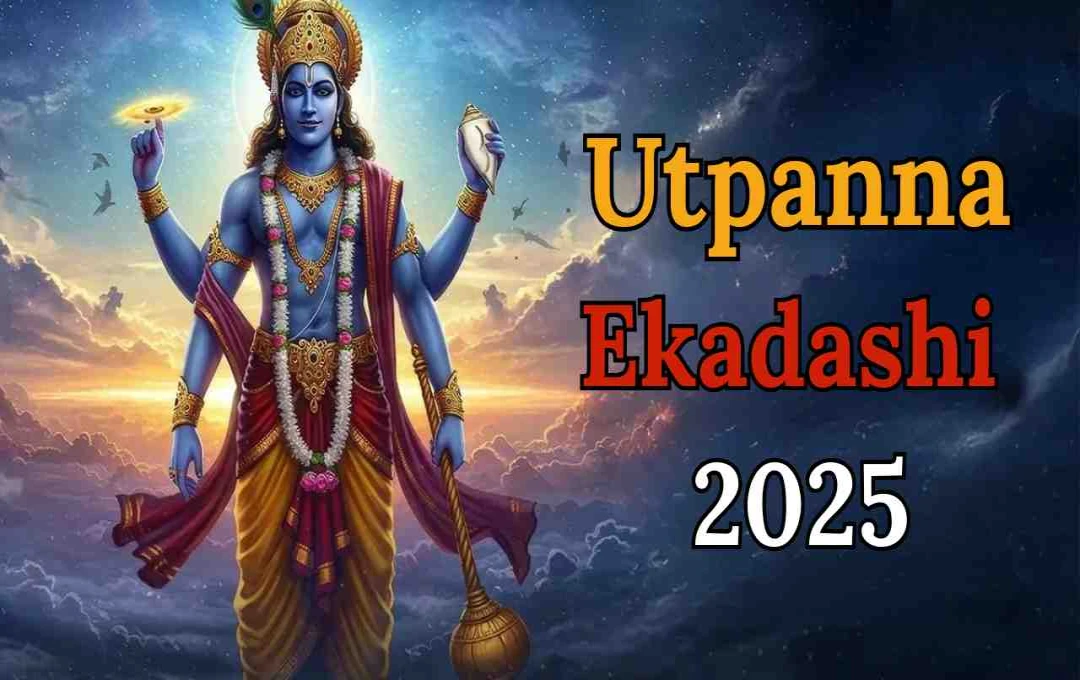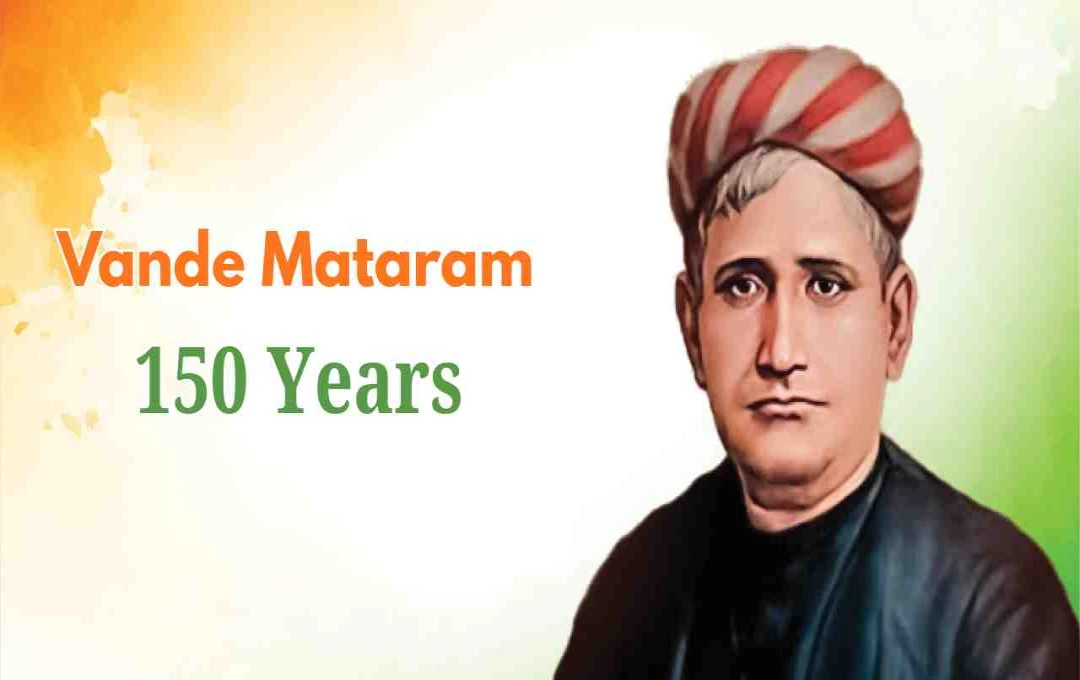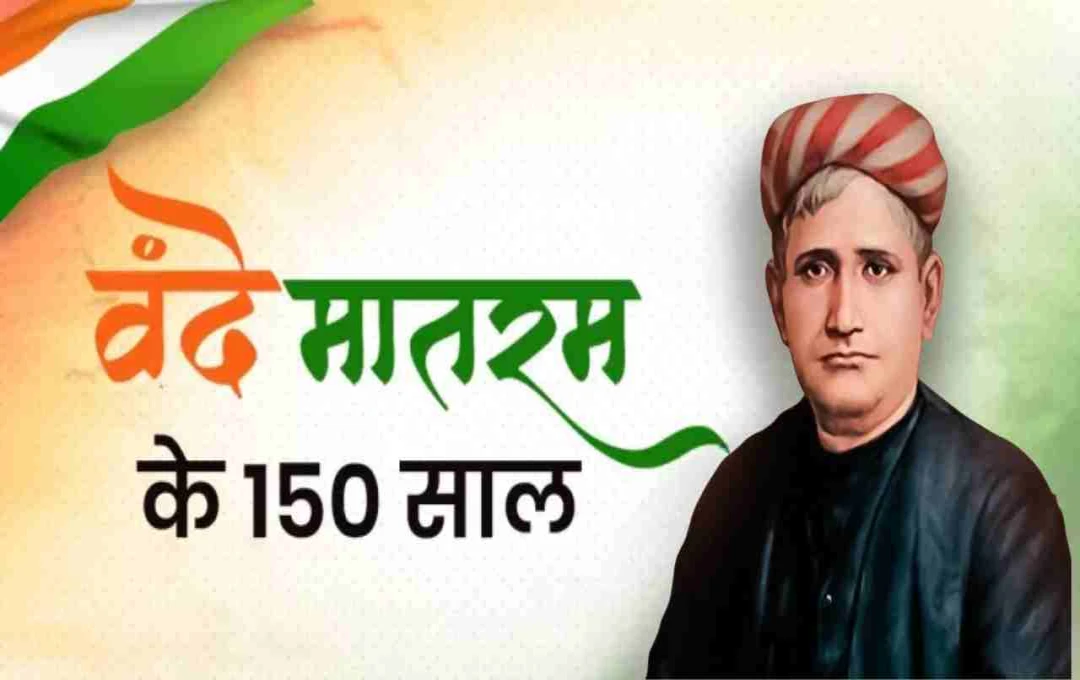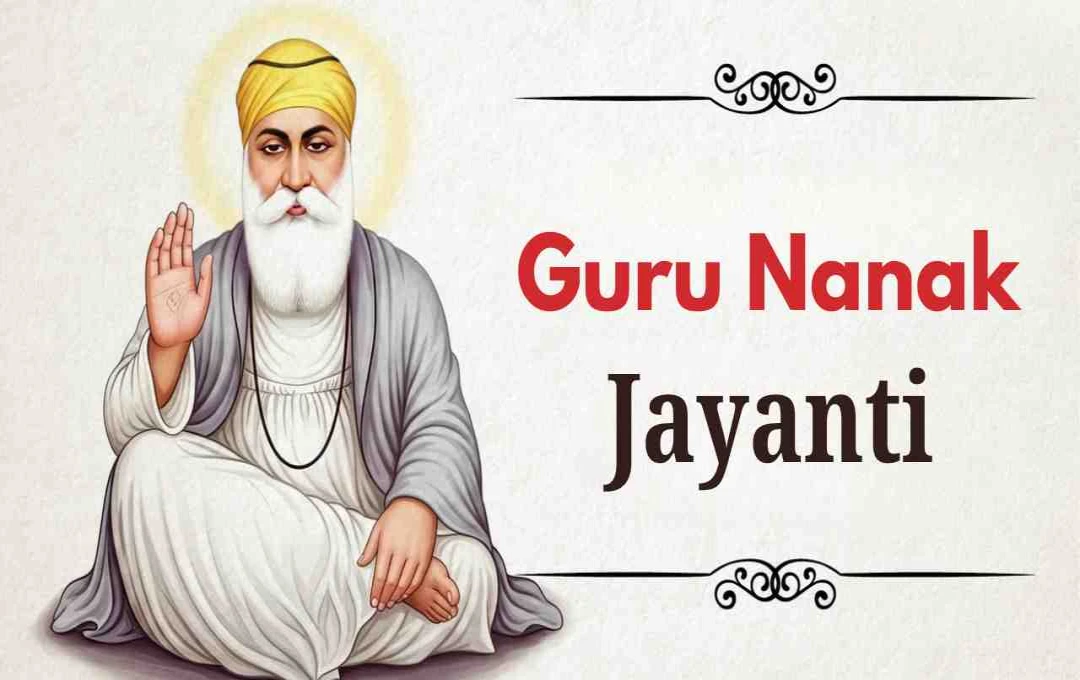The Indian government has approved Starlink to provide satellite internet service with a limit of 2 million users and a speed of 200 Mbps, aiming to boost rural connectivity and maintain market balance.
Starlink: The Indian government has made a significant decision regarding Elon Musk's satellite internet company, Starlink, which could shape the future of internet services in the country. While the government has approved Starlink to offer satellite-based internet services in India, it has also imposed strict conditions — a user limit of 2 million and a speed cap of 200 Mbps. This decision is considered an attempt to strike a balance between the country's existing telecom infrastructure and rural digitalization.
Controlled Approval for Starlink
Union Minister of State for Telecommunications, Pemmasani Chandrasekhar, announced that Starlink has been permitted to serve only up to 2 million users in India. Additionally, the maximum download speed will be limited to 200Mbps, regardless of the company's technical capabilities. This policy has been adopted to minimize the impact of Starlink on domestic telecom companies, particularly BSNL and other private operators, and to prevent market imbalance.
Focus on Rural India
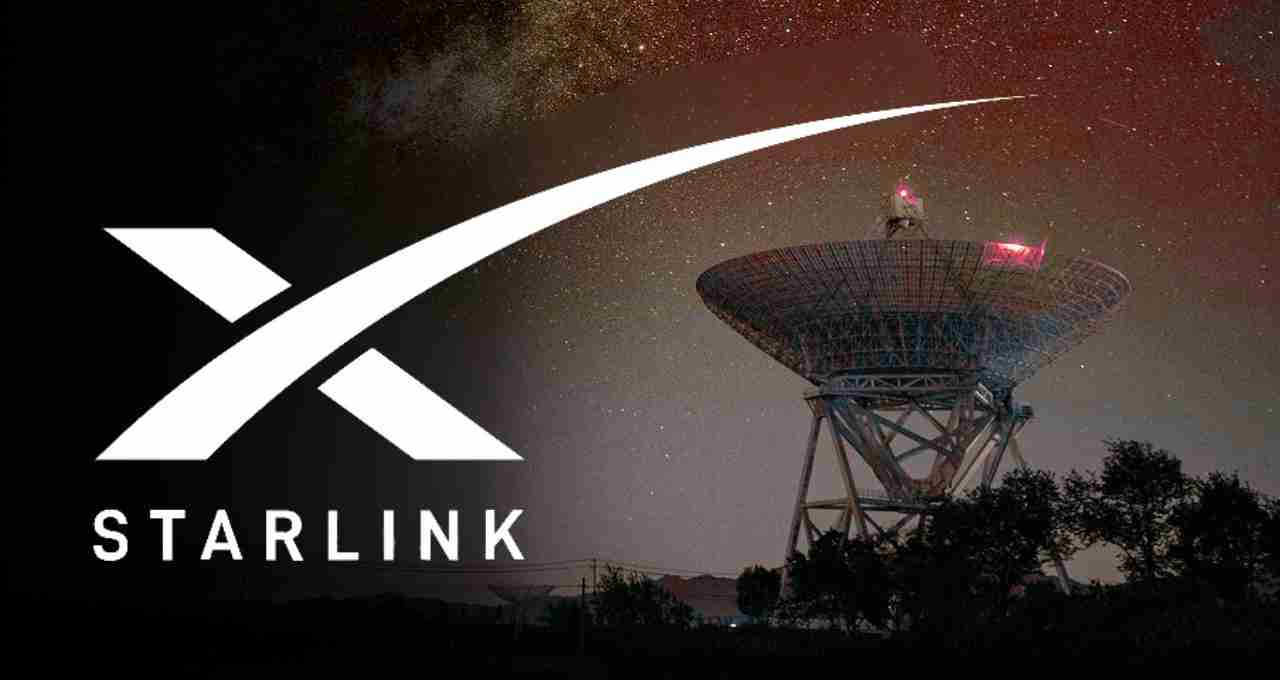
Starlink's services will be launched specifically targeting remote and rural areas where internet access is limited or speeds are very low. The government wants Starlink to provide its services where companies like BSNL and Jio have a weak or non-existent presence. This will strengthen the country's digital inclusion and ensure that the benefits of services like education, health, and banking reach every corner.
Expensive Connection, A Challenge for the Common Public
The initial cost of Starlink's services could be quite high. According to reports, a typical Indian customer may have to bear expenses of up to ₹3,000 per month. This includes the initial cost of the connection kit, installation, and monthly fees. This may limit the service to urban areas or higher income groups, unless the company implements a subsidy model.
Official License from INSPACe
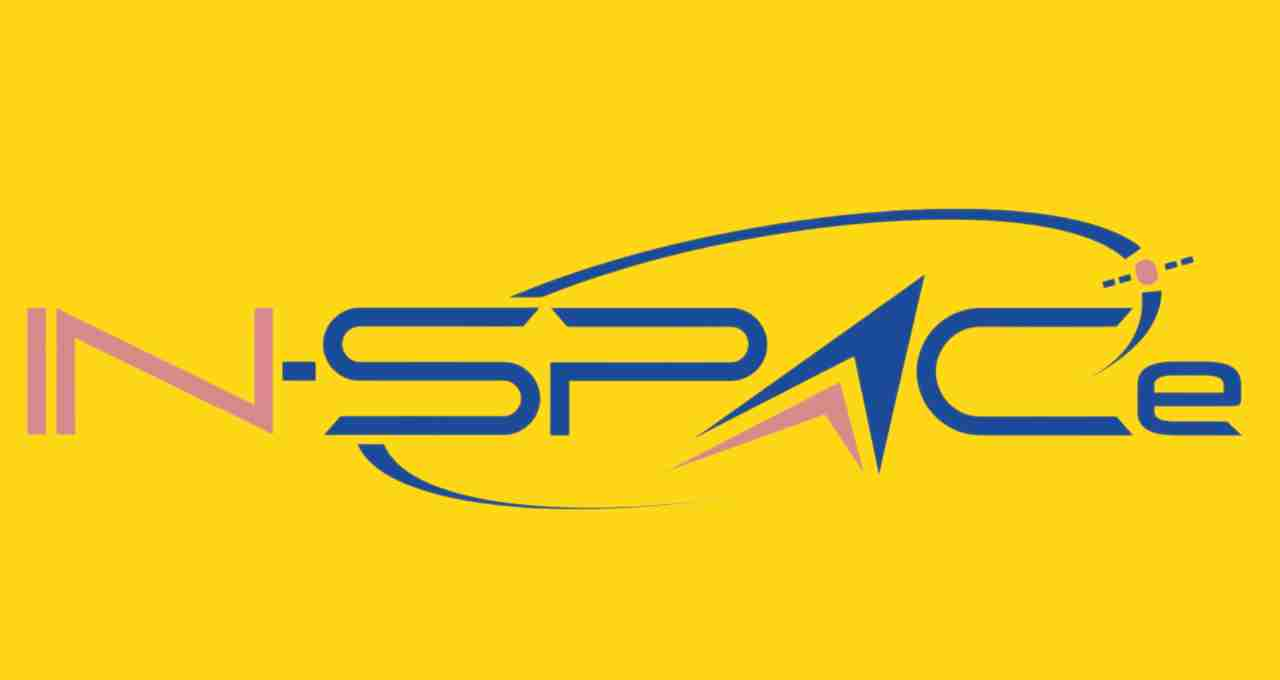
Starlink has been granted an official license by the Indian National Space Promotion and Authorisation Centre (INSPACe), which allows it to launch internet services in India via its Gen1 satellite constellation. This license will be valid for 5 years. Now, only the spectrum fee needs to be deposited, and final approval from the Department of Telecommunications is pending, after which Starlink services can be launched.
TRAI's New Regulatory Proposal
TRAI has proposed a new revenue model for satellite internet companies. According to this, companies will have to pay 4% of their revenue to the government as a fee. This could impact urban customers by up to ₹500 annually, while rural consumers are likely to receive relief from such fees. This makes it clear that the government's policy has been designed keeping the urban-rural divide in mind.
Policy Objective: Balance and Inclusion
This step by the government aims to give new impetus to the Digital India campaign while also trying to protect the country's existing telecom companies. While the arrival of a global brand like Starlink will promote technological advancement, conditions such as speed and user caps will ensure that this competition does not become unbalanced.
